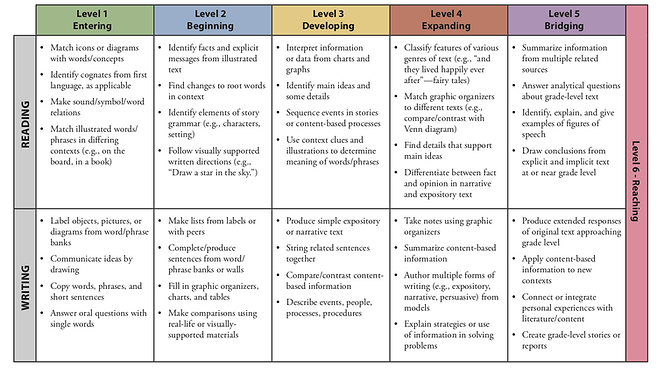BDI LESSONS
Through the completion of the biography cards, cultural quilts, and home visits, within the context of Biography-Driven Instruction, the lesson plans follow a 3 part methodology. Part one of the lesson was the activation phase. Each one of the lessons taps into students' background knowledge in regard to the lesson being taught. For my students, the best time to implement lessons was during the explicit vocabulary instruction time during their ELA blocks. The teaching strategies for the activation phase included reminding students about what they know or think they know about a word. Connecting to background knowledge creates a more real, engaging, and meaningful connection for working memory. After the activation phase comes connections. During the connections phase of the lesson, I instructed students to make concept connections between what they knew and the new information being presented to them in the text. In all of the lessons, the vocabulary came from texts to relate to. I was able to determine any misconceptions students may have had during the connection phase. This was time for explicit conversations and instruction on text vocabulary. The last phase of BDI is called affirmation. Students take this time to affirm their new knowledge with the content and their background knowledge; aligning all three phrases into one. During the affirmation stage, I took the time to review the content we just learned with a formative assessment. The formative assessment guided my teaching for the next lesson or for refinement for next time. The lessons follow the iTpsI model of BDI (Herrera, Perez, 2013). This concept follows the same methodology of activation, connection, and affirmation by utilizing the gradual release of responsibility.

DD
DD
EE
EE
GR
GR
WG
WG
The WIDA Can-Do descriptors are not meant just for CLD or EB students. These descriptors should be used in a whole classroom setting to foster language development. By focusing the descriptors on what students can contribute in all linguistic components, there is great potential to enrich the experiences of all learners in the classroom. WIDA describes these descriptors, "WIDA believes that multilingual students bring linguistic, cultural, experiential and social and emotional assets not only to the classroom but to the larger community as well. Some of these assets may be immediately contributed, while others represent future potential" (WIDA, 2018).
The WIDA Can-Do descriptors revealed the contributions each student could bring to a classroom, or in this case, the lessons. For example, one of my students exemplified great listening skills when it comes to instruction. For this reason, I paired her with a student that may struggle to follow more than two-step oral directions. She also was able to complete deep and thoughtful reflection on her opinion on topics. This was great for others to listen to and communicate with for practice. The descriptors also helped me form my instruction during the reading portions of the lessons. I noticed that some of my students struggle to analyze illustrations and explicit messages. I made sure to explain thoroughly some ways we can analyze illustrations to help us understand what the author may be saying. Even with just a few students, the diversity amongst their abilities is great. In whole-class settings, the descriptors can be a great tool for teachers when they build lessons and pair groups for activities. Supporting students by what they can already do is a powerful teaching strategy.








